Have you made any mistakes when trying to grow fruit? No problem – read on to learn how to prevent and fix these common beginner fruit-growing pitfalls.
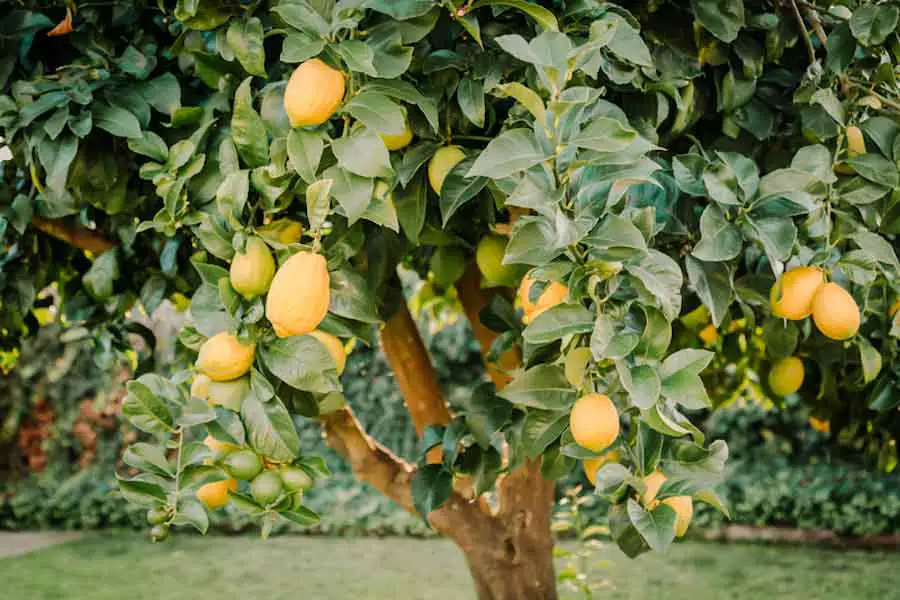
We may receive commissions from purchases made through links in this post, at no additional cost to you.
Growing fruit at home is uniquely rewarding, but it’s easy to make some missteps when you first start. And unlike annual flower or vegetable gardening, growing fruit is a significant investment. Not only are fruit trees and shrubs more expensive than a packet of flower seeds or a few broccoli seedlings, but the cost in time and effort is higher, especially at first.
But the rewards of growing fruit are higher as well. You will get tons of fruit from a single tree or shrub, and in most cases it keeps coming year after year. To me, it is worth the risk of a few errors to pick my own homegrown blackberries or peaches.
I have actually made most of the mistakes on this list – so now you don’t have to! I can confidently say that these problems are all fixable and/or preventable, especially with The Fruit Grove resources I’ve provided below. Before you choose a new fruit tree, read on to find out how to avoid these common mistakes.
1. Picking the Wrong Kind of Fruit Tree
Choosing a fruit tree that is not suited to your climate, soil type, or gardening habits is the quickest way to go wrong. Every type of fruit tree has a specific set of needs that will cause it to thrive. Even within one fruit type, each individual cultivar prefers somewhat different conditions and levels of care.
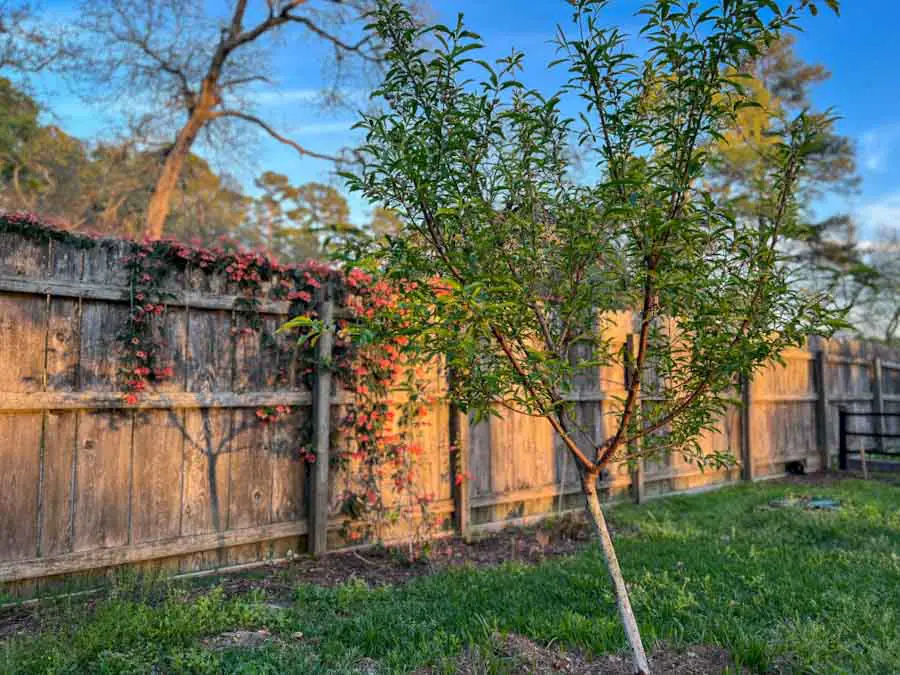
Some fruit trees need consistent moisture while others are more drought-tolerant. Some like sandy, mineral-rich soil while others prefer a fertile loam. Some tropical trees love heat and humidity while others need a long period of cold in order to fruit.

Curious about any garden-related terms? Click on a highlighted word in the text, or visit The Fruit Grove Glossary to find out more.
How do you determine what fruit trees will grow well in your area? Visit a local plant nursery in the late winter or early spring. They’ll have the best selection of fruit trees and shrubs that are known to grow well in your climate – and they will probably be able to give specific advice on what kind of care they need.
The plant tag on the tree will show some basic care instructions, such as how much sun a tree requires, or what growing zones it can tolerate. But speaking to an actual local gardening expert, like the people that often work at local nurseries, will tell you so much more.
Also, talk to your neighbors. Find out what others in your community are successfully growing at home. I recommend avoiding big box stores when it comes to choosing fruit trees and shrubs. They will stock the most commonly grown varieties, but not typically the ones best suited to the local growing conditions.
2. Choosing the Wrong Location
Even if you choose the perfect fruit tree for your garden, planting it in the wrong spot can cause major problems. When you’re deciding where to plant a new tree, consider the 3 S’s: Sun, Space, and Soil.
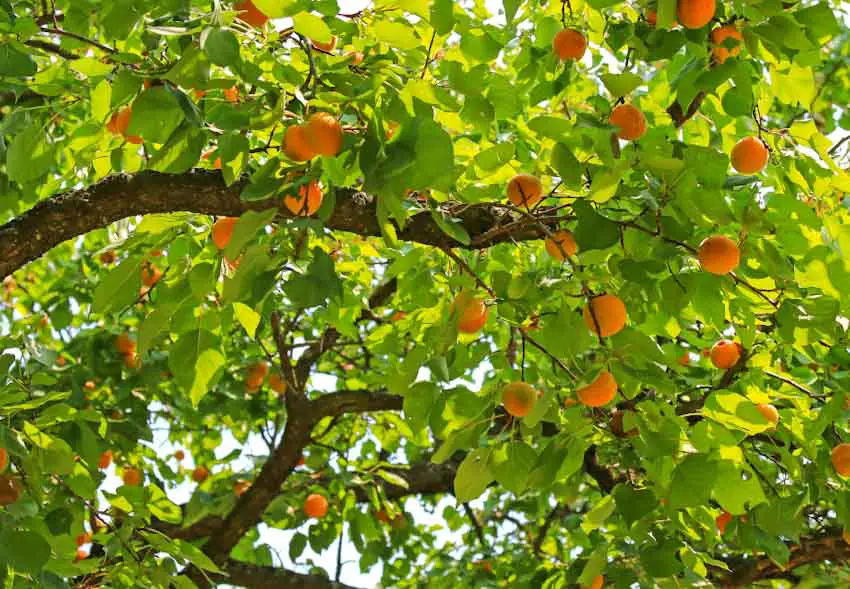
Sun
Most fruit-bearing plants need to be in full, direct sunlight for 6-8 hours a day. There are some fruits that can tolerate shade, such as elderberries, currants, raspberries, and American persimmons (among others). But tolerating shade is not the same as thriving in shade. You may notice a difference in the fruit’s flavor and quality if the plant gets less sun than recommended.
Sunlight is the driving force behind photosynthesis, which is how plants convert light energy into food energy. That food energy is carbohydrates – sugars. The right level of sun exposure means the plant can more easily put energy toward developing and ripening fruit, which means a bigger, better, and tastier fruit harvest.
One slight caveat to the “full sun” rule. As you get closer to the equator, the intensity of sunlight increases. So if you live in the southern U.S., like me, you can get away with a little less direct sunlight. Many of my fruit plants are situated in a spot with some shade in the afternoon, which protects them from scorching in the intense summer heat.
Space
Consider the final mature size of the tree/plant before settling on a location. The plant tag (or some quick online research) will indicate how wide and tall the plant will eventually grow. It’s important to allow enough room for the tree to continue growing year after year, even if it seems small now.
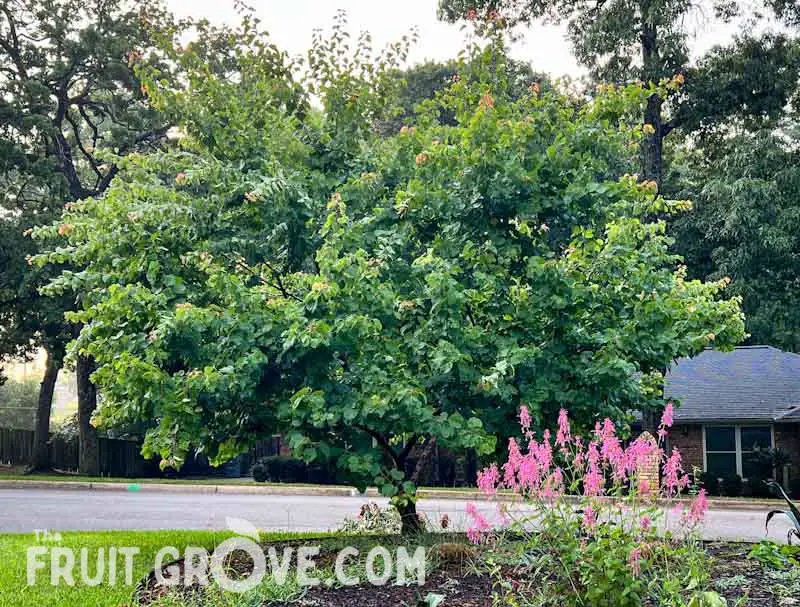
If a tree’s plant tag shows that it will grow to be 15 feet wide, that means the canopy will stretch about 15 feet in diameter. So you’d need about 8 feet (at least) all around the trunk for clearance. That doesn’t mean you can’t plant anything within that radius, but you should avoid large plants or other trees that could crowd the area as they grow.
Many fruit plants, such as fig trees or blueberry bushes, have shallow, spreading roots that don’t appreciate competition for water and nutrients. Companion plants are great to include in the immediate area, as long as nothing is too close or crowded.
Learn more: Fig Companion Plants: What to Plant and What to Avoid
Soil
Before you do any planting, be sure to check your soil drainage. Poorly drained, soggy soil is one of the most common reasons for the death of young fruit trees. Most fruit trees and plants hate to have “wet feet”. They typically prefer light, well-drained soil that allows water and air to flow freely.
To learn how to check your soil drainage, watch the video below, or check out Soil Drainage for Fruit Trees: Everything You Need to Know.
In addition to checking for drainage, do a soil test to find out whether you need to adjust the pH of the soil. Soil pH is a measure of the acidity or alkalinity of the soil. Each plant needs to grow in soil within a particular pH range so it can access the proper nutrients to grow and fruit. Growing outside of that range could cause nutrient deficiencies and other problems.
Learn how to adjust your soil’s pH level, as well as find a list of the pH ranges for common fruits here: Soil pH for Fruit Trees: Why It Matters and How to Adjust It.
A soil test can also tell you whether your soil needs additional organic material, or if there is a deficiency of any particular nutrient. A basic DIY soil test kit like this one will give you an idea of your soil’s pH and macronutrient content (NPK). But if you want more accurate results and more detail, contact your local extension office. They typically will do a mail-in soil test very inexpensively.
3. Not Watering Enough in the Beginning
I have made this mistake a few times. Newly planted fruit trees, shrubs, and vines need to be watered very frequently during the first year. Not doing so will set your plant back dramatically, or can even kill it (I can tell you from experience).
Frequent, regular watering is especially important if you plant in the spring. As the weather heats up, the still-establishing root system is more vulnerable to drying out. A hot summer may be enough to kill the plant if it’s not receiving adequate water.
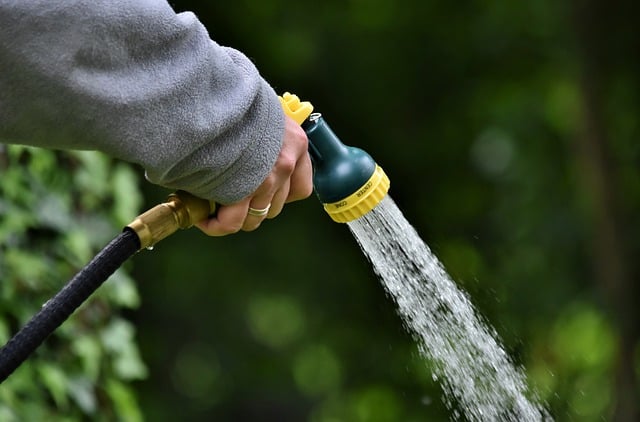
For the first month or so, water the plant deeply about twice a week (depending on rainfall). After that, aim to water thoroughly every 7-10 days, taking weather into account. If you have hotter temperatures (above about 90°F), water more often to replenish the moisture that evaporates from the leaves to cool the plant. As temperatures cool, you can spread out waterings.
I like to use these watering bags for the first year or so after I plant a new tree or shrub. They have emitters on the underside that allow water to trickle gradually over about 8 hours. This allows the plant to be watered more deeply, and gives the roots a chance to absorb the moisture rather than it draining away quickly. I’ve noticed a huge difference in how my new trees grow when I use these bags.
4. Forgetting About Pollination
Many fruit-bearing plants are self-fertile, which means they can produce fruit without being pollinated by a second tree or bush. Citrus trees, for example, rarely need a pollination partner. This is good news, because it means you only need to make room for one tree!
However, even self-fertile plants will almost always produce a better, bigger harvest if there is a second tree of the same type nearby for cross pollination. This is true for many fruits, including peaches, plums, apricots, figs, pomegranates, and persimmons.
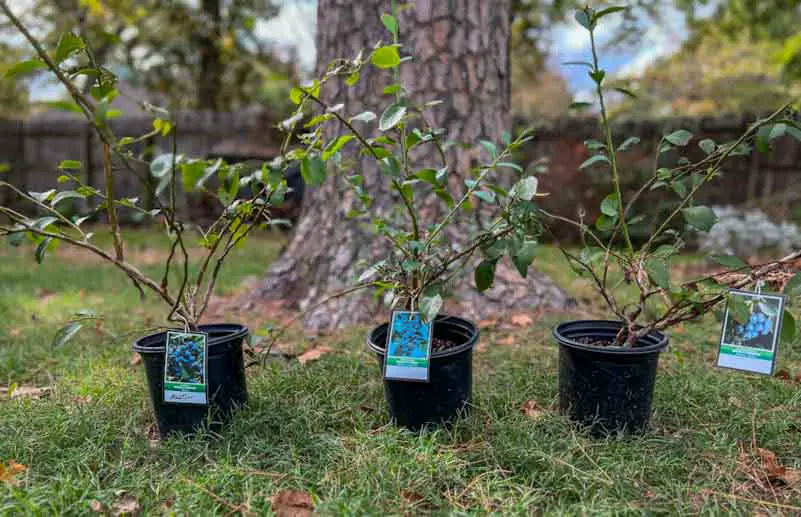
There are some fruit plants that do require a second plant of the same type for cross pollination. Pretty much every blueberry bush, for example, needs a partner if you want it to grow a decent crop of berries. Apples, pears, and many stone fruits fall in to this category.
Do your research to find out if each specific cultivar is ok on its own, or if it needs to be cross pollinated. You don’t want to give up your precious garden space to a fruit tree, only to find out you need to plant a second one!
5. Fertilizing Too Little…or Too Much
If you skip fertilizing altogether, no worries. A fruit tree planted relatively fertile, well-draining soil (see #2) will probably grow and fruit just fine. On the other hand, if your soil is lacking in organic material or specific nutrients, or if your soil is extremely sandy (like mine), then fertilizing may be essential.
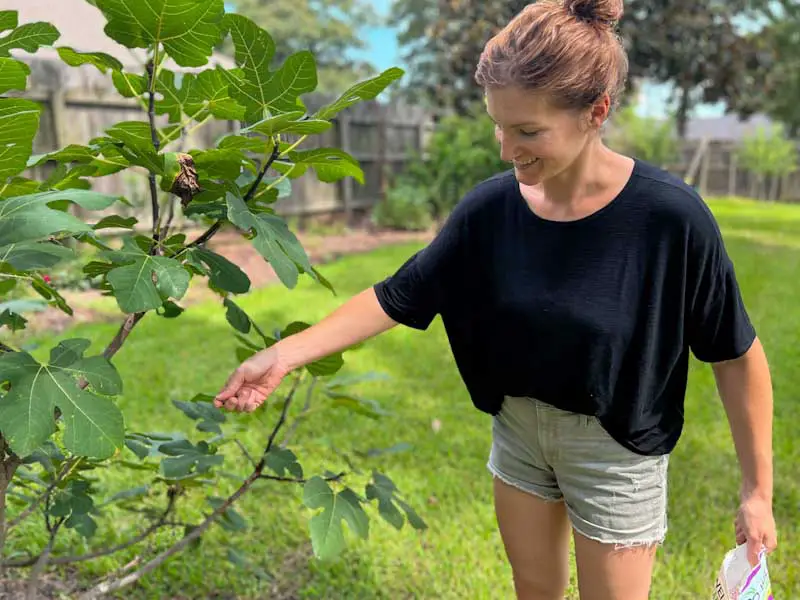
A good fertilizing regimen can make up for lean soil that is lacking in nutrients. Be sure to research the specific plant you are growing to understand more of what it needs. I have several resources here on The Fruit Grove about fertilizing different fruit trees and shrubs. Here are a few:
- Fertilizing Potted Lemon Trees: Everything You NEED to Know
- Blackberry Fertilizing: What to Use to Grow the Best Berries
- When to Fertilize Fig Trees: A Complete Guide
Be careful, however, not to overdo on the fertilizer! Too much fertilizing, especially too much nitrogen, can cause a plant to grow lots of green foliage, but no fruit. If your tree isn’t fruiting much, it may be because it’s spending all of its energy taking care of a lush canopy rather than developing fruit.
6. Avoiding Pruning
Do you absolutely have to prune your fruit trees? Not really. Fruit trees want to produce fruit – it’s how they spread their seed, and they will probably do so if you don’t interfere. Does pruning make a big difference in the size and quality of the fruit harvest, as well as overall tree health? Yes indeed!
Moderate pruning accomplishes a few essential things: It increases airflow throughout the plant, reducing the risk of diseases spreading. It allows light to reach each branch, which causes more sugars to develop, leading to better-tasting fruit. It also reduces the load of branches, allowing the remaining fruit to grow bigger. And it allows you to control the size of the tree so you can harvest more easily.
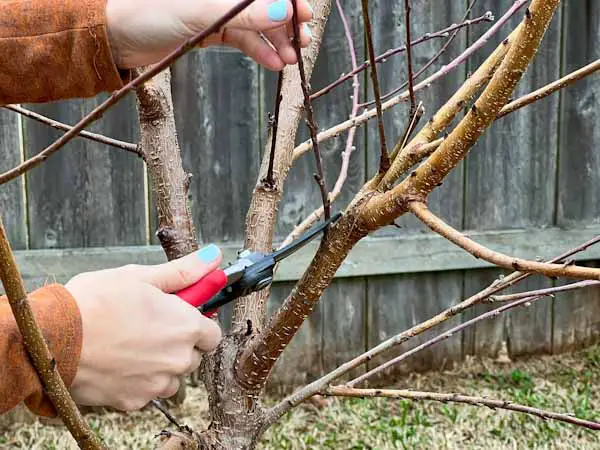
Pruning fruit trees can seem intimidating at first, but the basics are simple. Remove any growth that is damaged or dead. Thin crowded areas, crossing branches, and root suckers. If necessary, shorten longer branches by about 1/3 to keep the size in check.
Here are some The Fruit Grove pruning resources to check out:
- All About Pruning Apricot Trees: When, Why, and How to Do It
- A Guide to Pruning Potted Lemon and Lime Trees
- The Ultimate Guide to Pruning Blackberries (with Photos)
- Pruning an Asian Persimmon Tree in Five Simple Steps
- A Simple Guide to Pruning Peach Trees for Maximum Harvest
- Pruning Pomegranate Trees: An Easy Guide for Home Growers
7. Not Protecting Young Trees
Animals love to nibble on the tender trunks of young fruit trees. We human animals also tend to be careless with lawn mowers and string trimmers, leaving young trees vulnerable. And even the fluctuating temperatures can cause damage to the young bark.
Forgetting to protect young fruit trees is understandable, but can leave them susceptible to further damage. The simple solution is to protect the trunk until the tree grows and the bark becomes thick and sturdy.
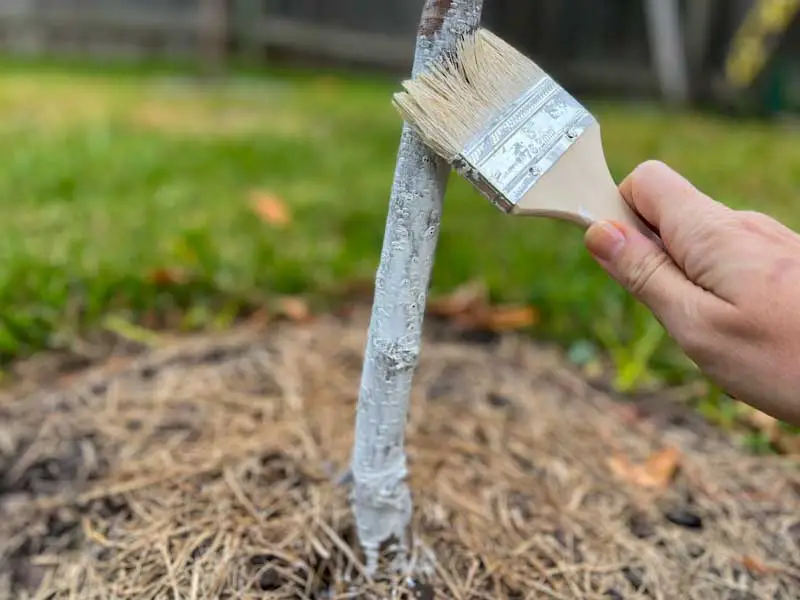
Use an organic reflective tree paint like this one from IV Organics (10% off with my code FRUIT10) to prevent sun scald. Or, wrap the trunk with a tree wrap like this to protect from fluctuating temperatures as well as rodent teeth. Even a cage of some sort, like those you often see around young trees in urban areas, can deter animals from chewing.
8. Not Considering Chill Hours
Most fruit trees and shrubs need a certain number of chill hours (the average number of hours spent below 45°F) in order to start fruiting. Planting a tree that needs more chill hours than your climate gets will result in a tree that rarely, if ever, produces fruit.
It’s also risky to plant a tree that needs significantly fewer chill hours than the typical average for the area. A spell of warm weather in the winter could signal the tree to come out of dormancy too early, leaving it at risk from spring frosts.
Often, you can find out the number of chill hours a plant needs on the plant tag itself. If not, definitely take some time to research the fruit varieties that correspond to the chill hours in your location.
9. Harvesting Fruit at the Wrong Time
This may not be specifically about growing, but knowing when to harvest can make or break the flavor of the fruit you spent all season waiting for.
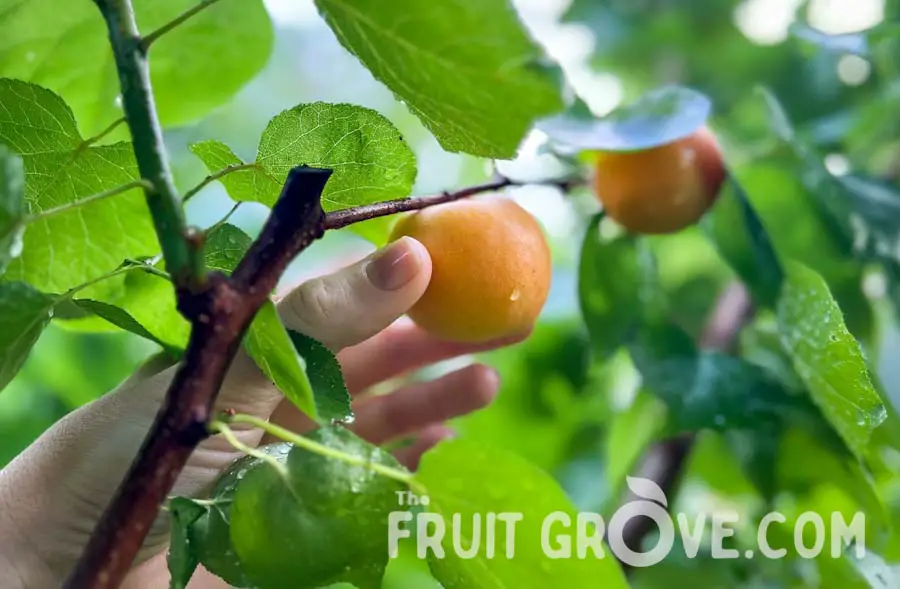
There are ways to gauge the perfect picking time for each fruit. For example, blackberries should be a dull black color, not shiny. Figs need to be plump but drooping down at the neck of the fruit. Persimmons can be picked firm like an apple or extremely soft, depending on the variety.
See the posts below for more information on how to know your homegrown fruit is ripe and ready to pick:
- Picking Perfect Pomegranates: How to Know It’s Harvest Time
- Harvesting Apricots: When Are They Ready to Pick?
- When to Pick Persimmons (Including Harvesting Chart!)
- Picking Perfect Figs: How to Tell When Figs are Ripe
10. Not Trying At All!
By far, the biggest mistake you can make is not trying to grow fruit at all! It’s hard to describe the satisfaction I get from trying to grow my own fruit – even when it doesn’t go perfectly. Every mistake is a chance to learn what went wrong and either fix it, or prevent it from happening the next time.
BONUS Tips:
Focus on Soil Health
When in doubt, go back to the health of your soil. A few times a year, mulch with organic material such as compost, chopped leaves, pine bark, or composted manure. As the compost breaks down over time it will enrich the soil, which in turn supports the plants.
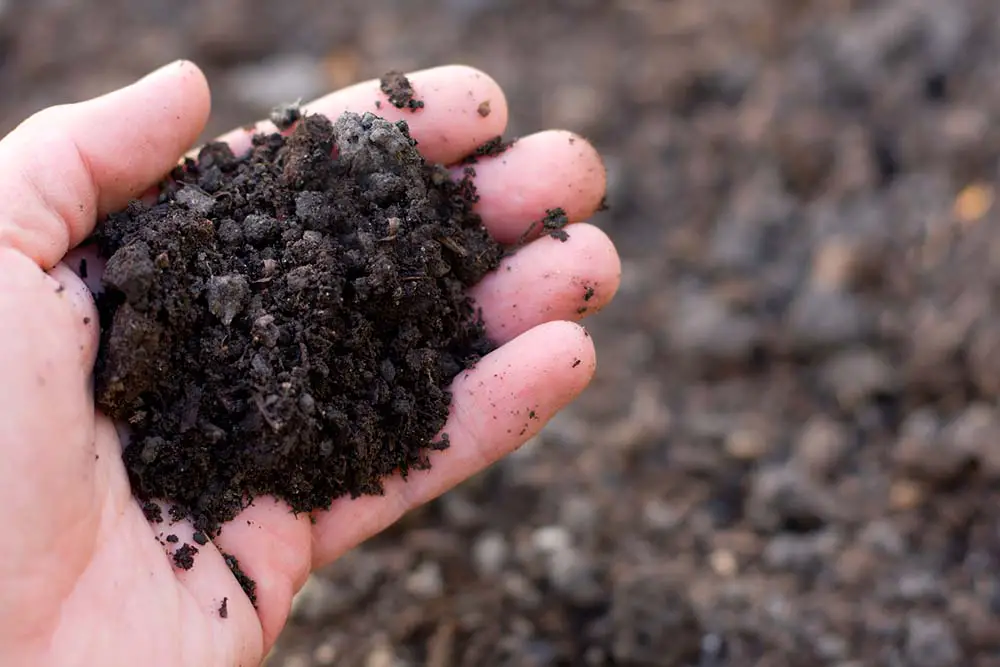
Speaking of mulch – mulching is a great way to protect your fruit trees and shrubs. Mulch insulates the soil in cold weather, cools the soil in heat, and prevents excessive moisture evaporation. As a bonus, it breaks down and adds to the health of the soil.
Research Dormant Spraying
Many fruit trees can benefit from yearly spraying during the dormant season. Natural products such as horticultural oil (dormant oil), copper fungicide, neem oil, and others are applied while a tree is dormant to treat and prevent pest infestations and diseases.
Certain locations will have more disease and pest pressures present than others. Hot, humid climates are often plagued with persistent disease problems, as many fungal spores and bacterial infections thrive in wet environments.
Check out the resources provided by your local extension service to learn what dormant sprays might be helpful in your area.
Companion Planting
Fruit trees, vines, and bushes can receive a lot of benefit from companion planting. Surround the area with wildflowers to attract pollinators, or strong-smelling onions or herbs to repel pests. The entire ecosystem of your backyard can work together to provide the best growing environment possible.

